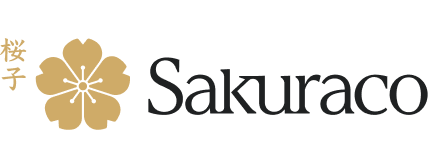Featured, okinawan festivals
Okinawan Festivals: Three Great Events You Must See!

Tokyo Terry
Posted on July 15, 2025
Share:
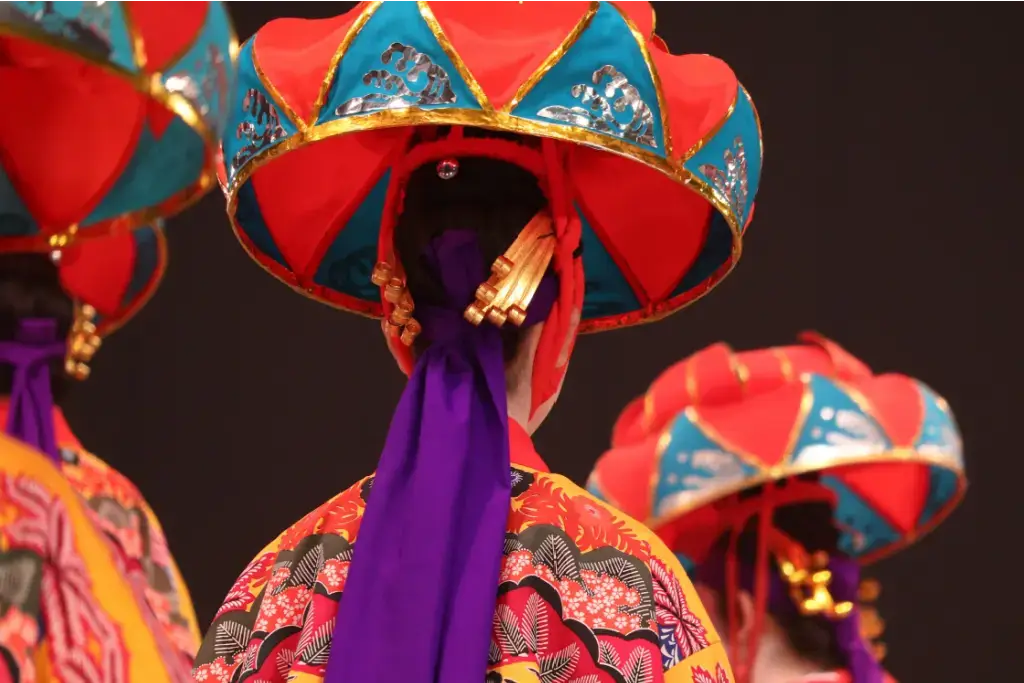
Okinawa Prefecture is a chain of islands stretching from Japan’s southernmost mainland to Taiwan. This region is known worldwide for its turquoise waters and white, sandy coastlines. But it has more to offer than its beaches. A long history of seamanship and contact with other Asian countries has created traditions and celebrations that differ considerably from those elsewhere in Japan. Today, we’ll look at captivating Okinawan festivals you should experience!
Paantu Festival
The people of the Shimajiri district on Miyako Island, about 300 kilometers (186 miles) southwest of Okinawa Island, celebrate the Paantu Festival as a sacred ritual. They connect this event to Shinto beliefs, though it originated in the Ryukyu Kingdom—the name the island’s inhabitants used before Japan incorporated it. The original Okinawan term for their mythical spirits inspired the event’s name. During the festival, participants honor these spirits, believing they protect the community from misfortune.
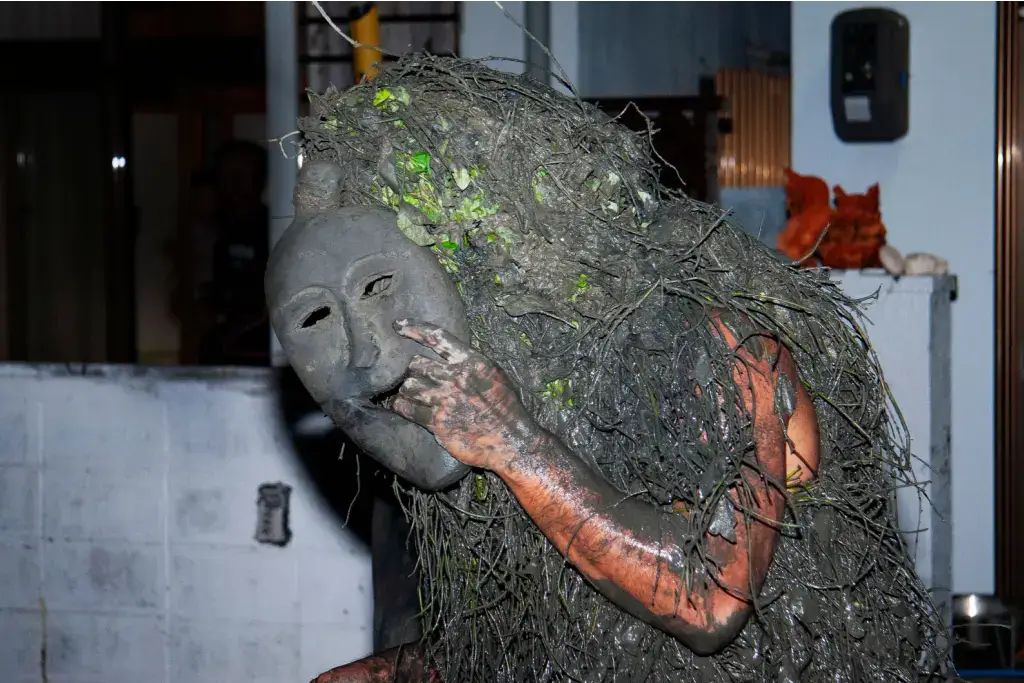
During this ritual, men cover themselves in mud and foliage to resemble the deities. They then roam the streets, startling onlookers and smearing mud on homes and people to ward off evil. Paantu follows the lunar calendar and can occur in September or October. The festival’s raw energy attracts those interested in Okinawa’s ancient practices.
Naha Great Tug-of-War
The Naha Tug-of-War began in the 17th century. Originally a celebration of bountiful harvests, it has come to symbolize unity and strength. Thousands gather to pull on a massive rope in Naha’s streets. Guinness recognizes the rope as the world’s largest. Participants join teams to tug the 200-meter rope while chanting rhythmically.

This festival, held annually in October, takes place along Route 58 in Naha near Tsubogawa Station. Nearby, food stalls offer Okinawan specialties. The event’s scale and accessibility make it a highlight for travelers seeking lively cultural experiences.
Are you looking for great snacks from Okinawa? Check out Sakuraco! Sakuraco delivers traditional Japanese snacks, teas, and sweets from local Japanese makers directly to your door so you can enjoy the latest treats directly from Japan!
Hari Boat Races
The Hari Boat Races began as local fishing community festivals after arriving in Ryukyu from China over 600 years ago. The Ryukyuans were a significant trading power in the region, and boats played an essential role in this success. Today, Naha’s Hari is the largest festival in the country. The term “hari” refers to the traditional crafts used in the competition, which are adorned with decorations and dragon heads.
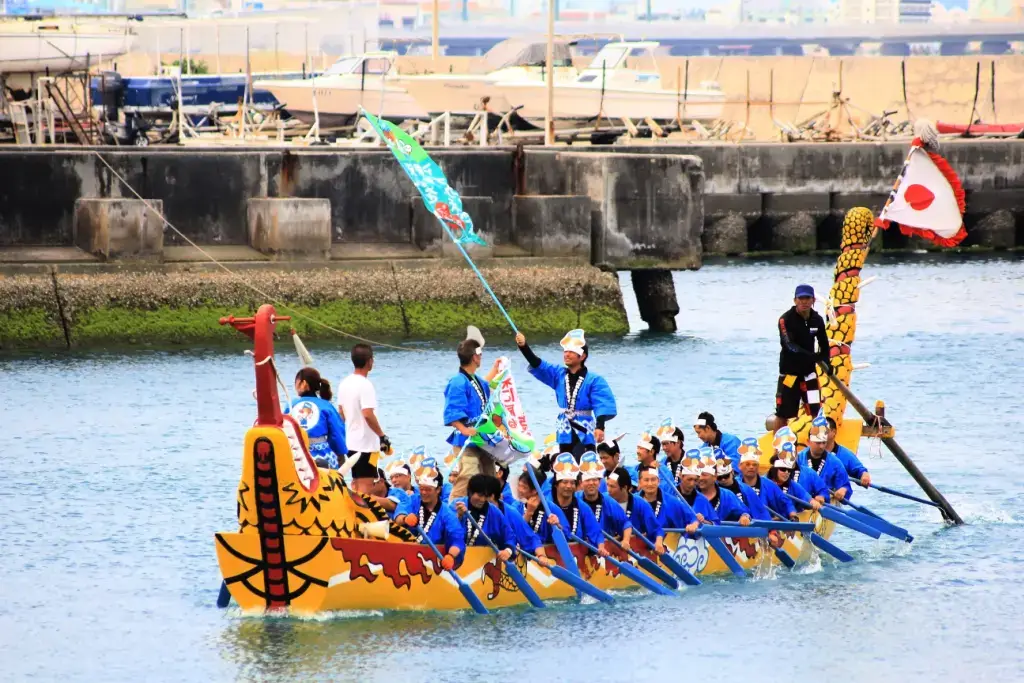
Spectators enjoy races alongside yukata-clad dancers and food stalls selling local delicacies like sata andagi, a sweet, deep-fried bun. The Hari Boat Races are held in May and June. Naha’s takes place at Tomari Port, a 20-minute walk from Yui Rail’s Miebashi Station. Smaller races occur in Itoman and Yaese, both reachable by bus from Naha. They all reflect Okinawa’s deep connection to the sea, and their blend of athleticism and ritual captivates visitors.
Eisa Dance Festival
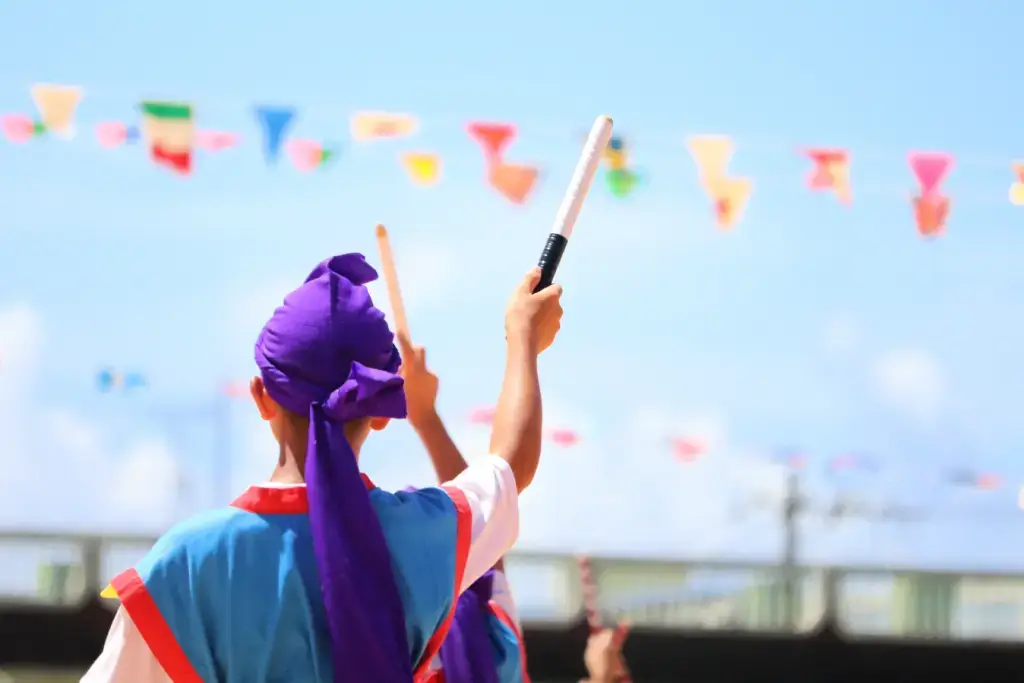
The Eisa Dance Festival is held during Obon in July or August. It features young dancers performing to rhythmic drums and chants as they celebrate ancestral spirits. Groups from local villages compete in colorful costumes, showcasing their regional pride. Performers twirl batons and dance in synchronized formations, accompanied by traditional sanshin music. The term “eisa” is the name of the dance, which is unique to the prefecture. The All-Island Eisa Festival in Okinawa City is a 30-minute bus ride from Naha’s bus terminal. Food stalls serve rafute and Orion beer, adding to the festive atmosphere.
Shiimii Festival
The Shiimii Festival is a solemn tradition rooted in the former kingdom’s agricultural society and its sense of duty to the family. Relatives visit their ancestral tombs to pray and place offerings like drinks, rice, and awamori on graves, while burning incense for blessings. This festival, observed in early April, occurs at cemeteries across Okinawa Prefecture. It is a quieter tradition practiced within families. Its simplicity and seriousness contrast with Okinawa’s livelier festivals.
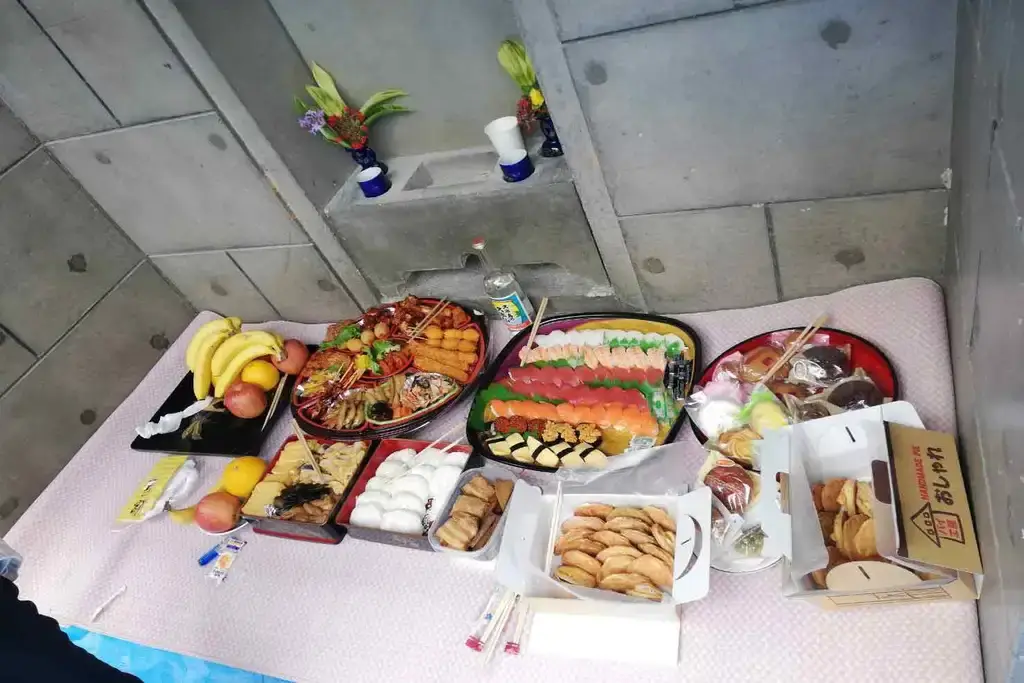
What makes Okinawan festivals different from other Japanese festivals?
Okinawan festivals differ from other Japanese festivals because of the prefecture’s strong Ryukyuan heritage. This legacy still exists in the islands’ culture, traditions, and language. These festivities honor nature, ancestors, and unity. And they create a sense of mystery and belonging that resonates with locals and visitors alike.
Each festival is different, highlighting aspects of Ryukyuan, Okinawan, and Japanese cultures. Their distinct origins and chances for all manner of experiences highlight Okinawa’s diverse traditions and communal spirit. Their timing across seasons ensures year-round opportunities to discover historical ties and Okinawa’s enduring traditions and communal pride. Which Okinawan festival sounds most exciting? Have you ever witnessed any of these traditions? Share experiences or dream destinations in the comments below!
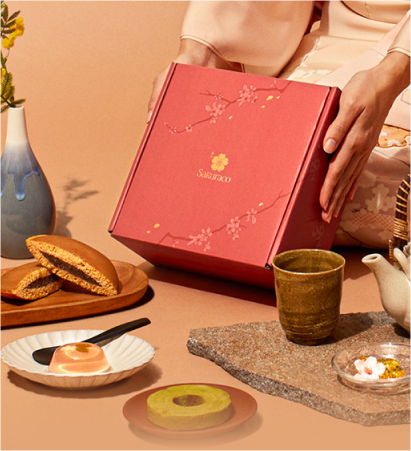
Discover authentic flavors with Sakuraco
Get Sakuraco 

Discover authentic flavors with Sakuraco
Get Sakuraco 
Related Articles
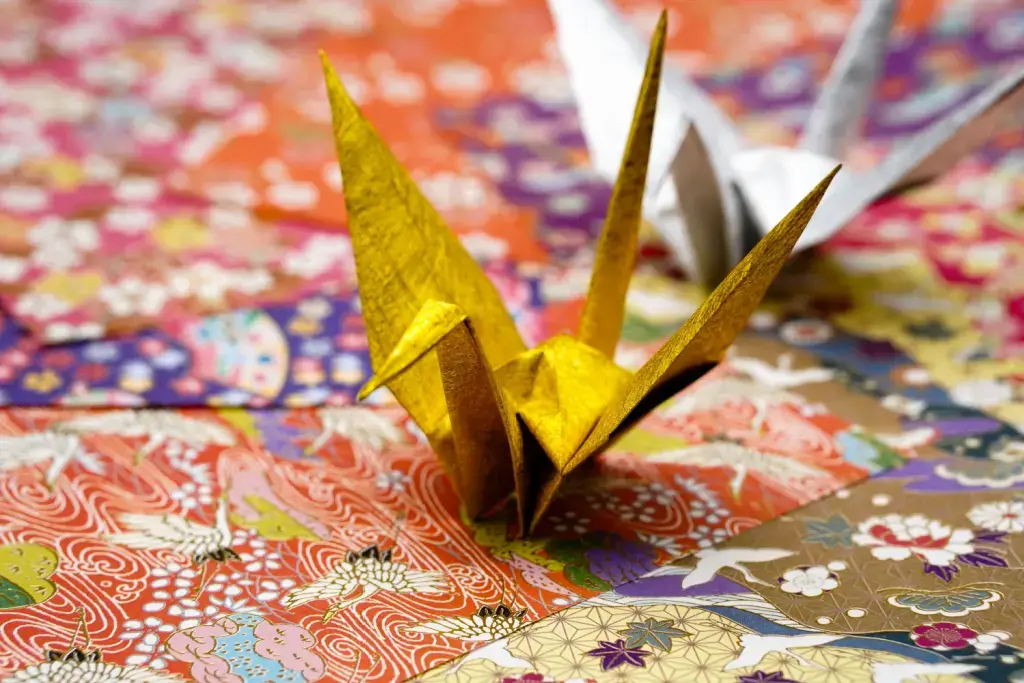
Origami Paper: Beautiful Mediums Behind Japanese Paper Folding
Origami, the art of paper folding, was once woven into formal ceremonies and religious rituals. People were fascinated by seeing paper come to life with each fold. However, its beauty is also thanks to the origami paper’s texture, rich color, and nature-inspired pattern.
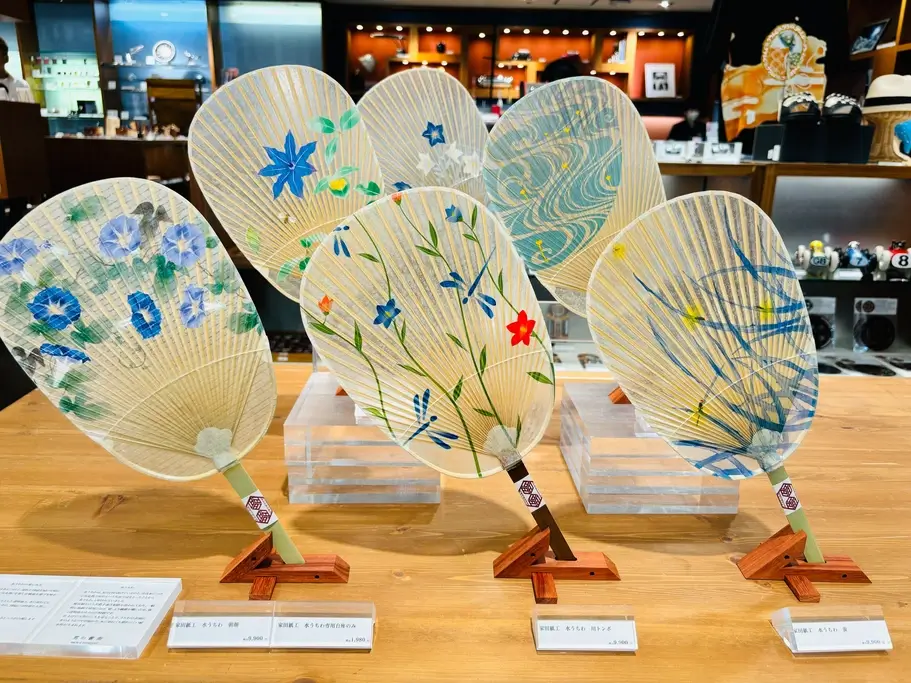
Mizu Uchiwa: Beautiful Japanese Fans for the Summer
Traditional Japanese fans are often more than just tools to stay cool; they’re like holding a quiet piece of Japan and its craftsmanship in your hand. Among them, mizu uchiwa stands out with its elegant look, soothing origin, and unique way of being made. Let’s take a closer look at this delightful summer treasure together!
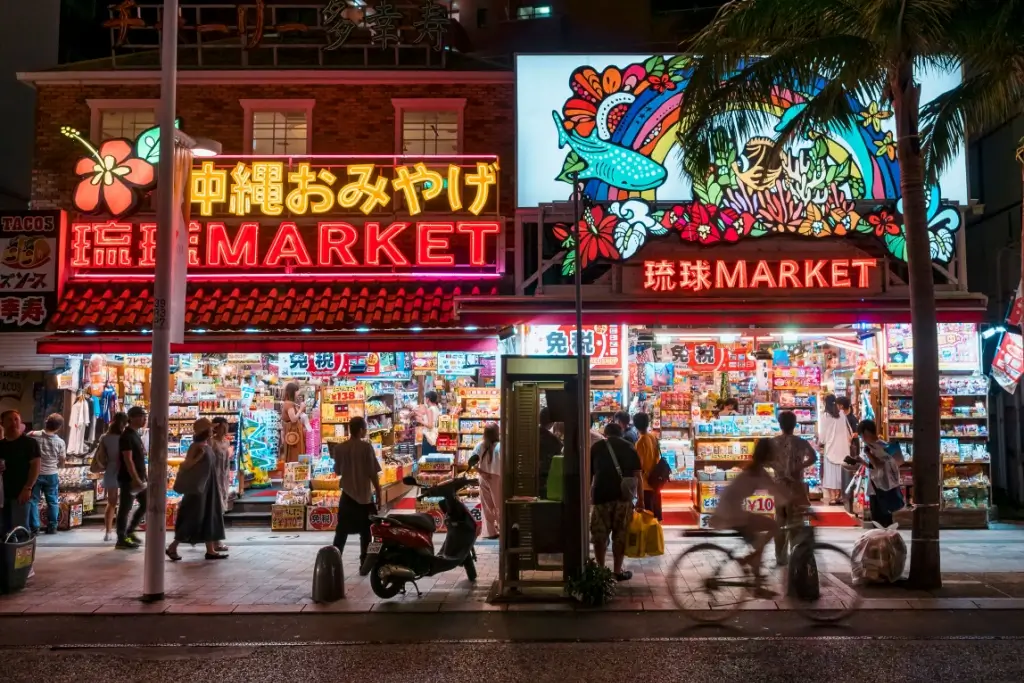
Okinawa Map: A Look at Some of the Best Cities!
When looking at an Okinawa map, you can clearly see it’s Japan’s southernmost prefecture. Today, we’ll learn why these cities in Okinawa, so far away from the rest of Japan, are worth the trip!

